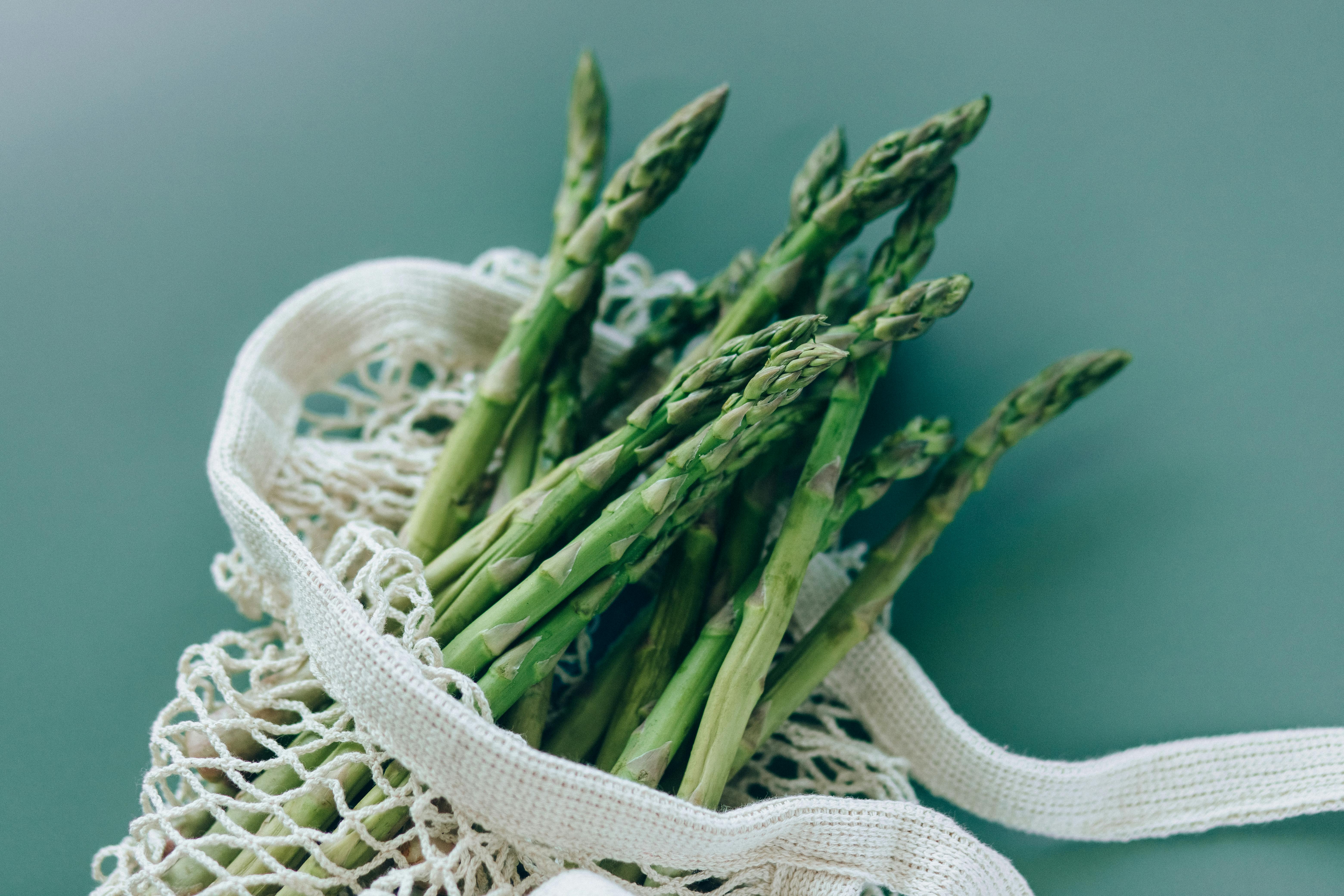How durable is the flooring you chose for your kitchen renovation?
When choosing a floor during your kitchen renovation, you should consider durability and appearance. Here are some considerations:
Concrete: The words “concrete floor” suggest a dull gray floor in a warehouse, but today concrete isn’t boring and it’s surprisingly versatile. For a while now, kitchen designers have been creating attractive concrete countertops. Since you can dye concrete almost any color and texture it with stamps, the concrete can look like tile, hardwood, slate, or marble. It is often more durable and usually less expensive than the original. Since it retains heat well, concrete is also a good option if you are considering radiant heat under the floor.
Cork: You can imagine a floor that looks like hundreds of wine corks, but in fact cork can come in a variety of finishes and colors. Harvested from the bark of the tree without killing the tree, cork is an environmentally friendly choice. Many owners appreciate the cushioning underfoot and the way cork mutes sound. It is naturally water resistant and has beneficial inherent antibacterial qualities in a kitchen. Potential downsides are that it is one of the more expensive flooring options and can fade or dent over time.
Wood: Hardwood floors look great and feel good underfoot. During a kitchen renovation, you can install hardwood such as lath, planks, or parquet. Durability varies depending on the type of wood used, but some flooring can last the life of your home. However, hardwoods can be scratched and stained and require periodic finishing.
Laminate: Made from man-made materials, laminate flooring uses photos to look like hardwood or other materials. They are extremely resistant to scratches, stains and fading. Laminate is durable and much easier and cheaper to install than real hardwood, although some homeowners feel it doesn’t have the same beauty or warmth. It can be difficult to repair if damaged.
Linoleum and Vinyl: Both are fairly inexpensive and easy for a DIYer to install. They both come in a variety of colors and textures. Linoleum, believe it or not, is actually an eco-friendly option as it is made from natural materials like linseed oil, wood dust, and pine resin. Vinyl can come in sheets or tiles and is available in different quality levels. However, vinyl can curl at its edges, and both linoleum and vinyl tend not to wear as well as other materials.
